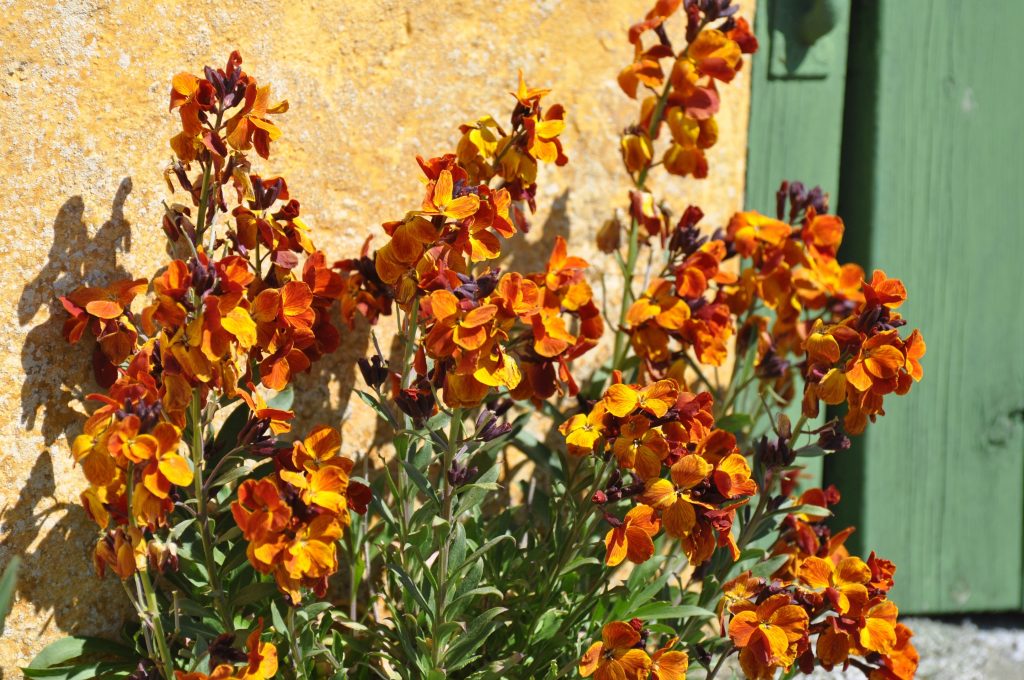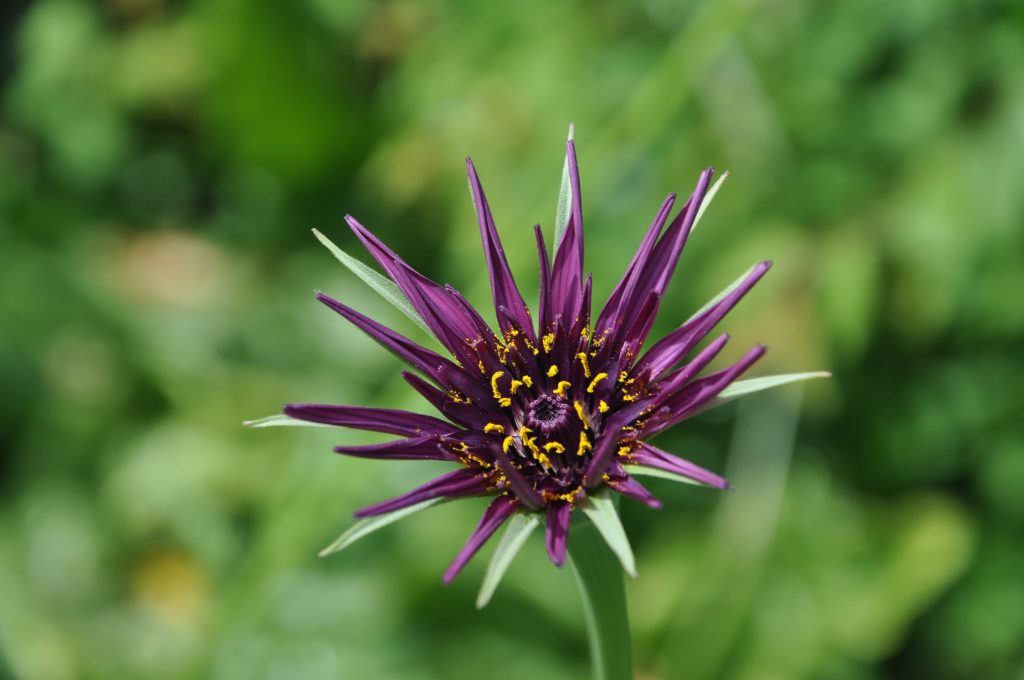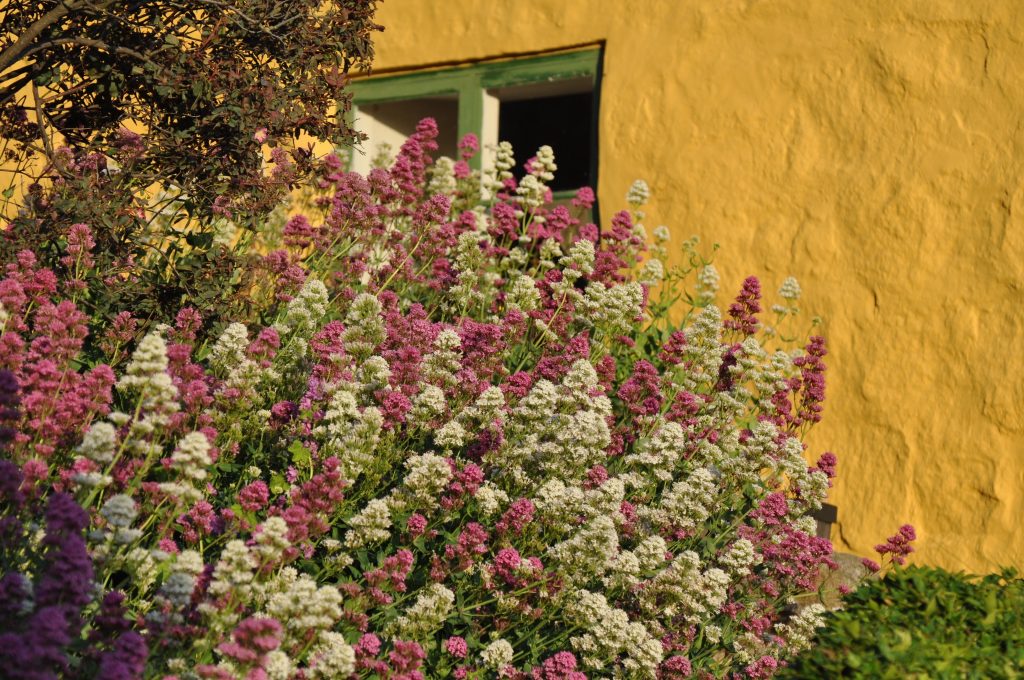The soil is quite sparse in most parts of Christiansø. When the fortress was still active, soil came to the islands as ballast in ships sailing with building materials. But soil is also formed here through erosion of geological material and decomposition. The soil layer is thickest in the hollows at the centre of Christiansø. This is where you will find small groves of willow, poplar, hornbeam, elm, ash, beech and maple. The recesses between the rocks are home to hawthorn, wild rose, sloe, bird cherry, lilac, blackberry, honeysuckle, snowberry and ivy.

Christiansø’s climate is ideal for southern European plants, such as fig and mulberry. Radiant heat from the rocks helps fruit to ripen in August and September. Despite their small size, the Ertholmene islands are home to a surprisingly large number of biotopes, including tidal meadows, forest floors, marshes and ponds, sun-dried areas and shady ravines. Southern European plants like salsify, centranthus and parsley thrive and are naturally self-seeding. On the rocks, walls and in areas with sparse soil, you will find low-growing drought-resistant plants.
Above: wallflower, salsify and centranthus.
Gardening has been a common practice on both Christiansø and Frederiksø since the active days of the fortress. Walled gardens are found all over the islands. In their gardens, islanders grow fruit, berries and vegetables. Some also keep ornamental gardens.
Many of the islands’ plants were introduced by humans as beneficial or ornamental plants. Others were brought here by birds or on the wind.
Ertholmene’s plants need to be drought-resistant. The climate is the driest and sunniest in Denmark, and the soil quickly dries out. At the same time, the sea is so cold in spring that the growth period is delayed for two weeks compared to the rest of Denmark. Autumns and winters are stormy and saltwater gets into everything. There is little snowfall, so the frost can be very hard on the plants. All of the plants on the islands are protected and picking them is strictly prohibited.




